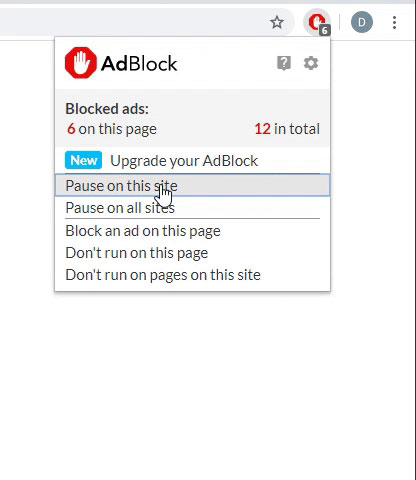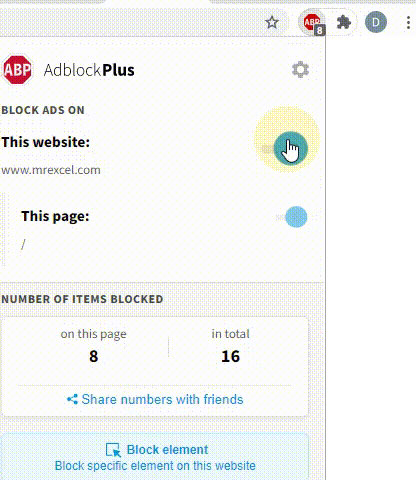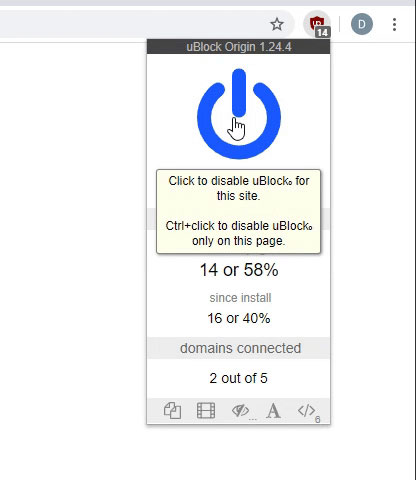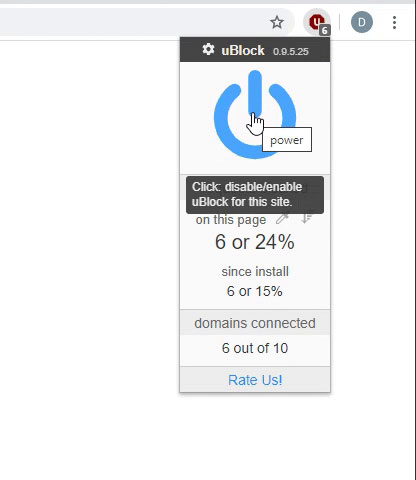Trying to use Union and ranges to speed up deleting empty columns, but going wrong somewhere with the code.
I read here that deleting columns individually slows down performance significantly. Script speed can be improved by defining a "master" range to include all the ranges (columns) to be deleted (by using Union), and then simply deleting the "master" range.
My old (slow) script that works, but takes about about 3 hours to run across ~30 sheets and deleting ~100 columns each sheet. Using Union is supposed to make the process run in seconds instead of hours, was hoping someone could help me figure out what I'm doing wrong with my code. When I run it, nothing happens... not sure what's going on.
Any help would be greatly appreciated!
I read here that deleting columns individually slows down performance significantly. Script speed can be improved by defining a "master" range to include all the ranges (columns) to be deleted (by using Union), and then simply deleting the "master" range.
My old (slow) script that works, but takes about about 3 hours to run across ~30 sheets and deleting ~100 columns each sheet. Using Union is supposed to make the process run in seconds instead of hours, was hoping someone could help me figure out what I'm doing wrong with my code. When I run it, nothing happens... not sure what's going on.
Any help would be greatly appreciated!
Code:
<code style="margin: 0px; padding: 0px; font-style: inherit; font-weight: inherit;">Sub Delete_No_Data_Columns_Optimized()
Dim col As Long
Dim h 'to store the last columns/header
Dim EventState As Boolean, CalcState As XlCalculation, PageBreakState As Boolean
Dim columnsToDelete As Range
On Error GoTo EH:
'Optimize Performance
Application.ScreenUpdating = False
EventState = Application.EnableEvents
Application.EnableEvents = False
CalcState = Application.Calculation
Application.Calculation = xlCalculationManual
PageBreakState = ActiveSheet.DisplayPageBreaks
ActiveSheet.DisplayPageBreaks = False
' <<<<<<<<<<<<< MAIN CODE >>>>>>>>>>>>>>
h = Range("E1").End(xlToRight).Column 'find the last column with the data/header
For col = h To 5 Step -1
If Application.CountA(Columns(col)) = 1 Then
If columnsToDelete Is Nothing Then
Set columnsToDelete = Worksheets("Ball Shaker").Column(col)
Else
Set columnsToDelete = Application.Union(columnsToDelete, Worksheets("Ball Shaker").Column(col))
End If
End If
Next col
If Not columnsToDelete Is Nothing Then
columnsToDelete.Delete
End If
' <<<<<<<<<<<< END MAIN CODE >>>>>>>>>>>>>>
CleanUp:
'Revert optmizing lines
On Error Resume Next
ActiveSheet.DisplayPageBreaks = PageBreakState
Application.Calculation = CalcState
Application.EnableEvents = EventState
Application.ScreenUpdating = True
Exit Sub
EH:
' Handle Errors here
Resume CleanUp
End Sub</code>




